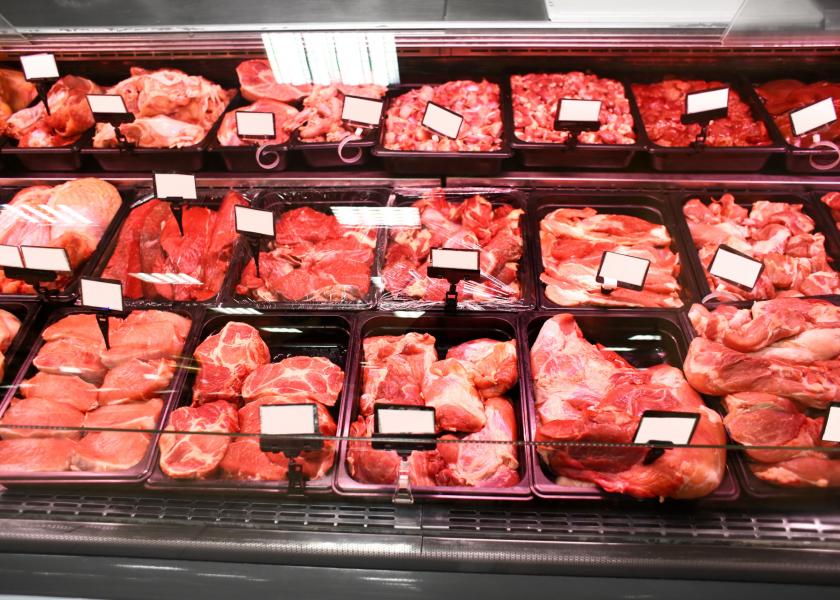Food Safety of Ractopamine-fed Beef and Swine

By Kara Lynch, Dale Rozeboom and David Thompson, Michigan State University Extension
Ractopamine is a feed additive for pigs and beef cattle that has gotten a lot of attention over the last several years. It is used by livestock producers to enhance or increase muscle mass and improve feed efficiency in animals. Because it adds lean muscle to animals prepared for market, it is also popular when feeding show animals to increase their chance of a top placement. It has many different trade names, including Paylean®, Lean Maximizer®, Explode®, XXL®, Overdrive®, Power-Max®, Actogain®, and Optaflexx®.
The U.S. Food and Drug Administration (FDA) has reviewed many studies designed to establish the safety of ractopamine. They have determined that meat from animals fed ractopamine is safe for human consumption when fed to pigs and cattle according to the manufacturer’s recommendations. Because ractopamine is metabolized and cleared rapidly from muscle (meat), the product can be fed right up to time of harvest.
The FDA conducted studies to ensure pork fed ractopamine was safe for human consumption and have established an acceptable daily intake (ADI). Though meat from animals with ractopamine is safe for human consumption, some global markets, including China and the European Union (EU), require that all beef and pork sold there be free of the drug, or from animals never fed the product. How do they justify this position?
First, though ractopamine is cleared rapidly from muscle, it accumulates in greater amounts and persists longer in certain tissues, including liver, lungs, kidney, eyes and hair. These tissues are not typically eaten by U.S. consumers, but may be in some other markets, including China. Second, the zero-tolerance policy for ractopamine in China and EU has been influenced by consumer safety events that occurred several years ago in China and Portugal, which involved serious illnesses caused in people who consumed meat from animals fed a different molecule called clenbuterol. In many countries, including the U.S., clenbuterol is not approved for feeding to meat animals.
Why have some U.S. meat packers stopped accepting ractopamine-supplemented pigs for processing? Economics have played a key role. Because China and the EU have become increasingly important export markets for U.S pork, many large meat packers in the U.S. stopped processing ractopamine fed pigs beginning in late 2019 and early 2020 to help preserve their access to those markets. This led some fairs in Michigan and other states to ban ractopamine use in pigs shown at fairs, since it was unclear if there would be a market for those pigs after fair season ended. Michigan State Univeristy Extension has produced a FAQ resource that can answer more questions relating to the drug itself, how it is used in show pigs and implications of packer restrictions for its use in show pigs.
In conclusion, the U.S. FDA has established and actively enforces safe limits for use of ractopamine in pigs and cattle. When used according to label directions, meat products from animals fed this additive are safe for human consumption. If you are interested in finding out if the meat you are considering purchasing has been fed ractopamine, you can look at USDA’s Official Listing of Approved Never Fed Beta Agonists Programs (updated March 4, 2022). Also, check with your retailer to determine where the meat they sell was sourced. Another option may be to buy a market animal from a farmer who can verify what they included in the feed provided to the animal.







